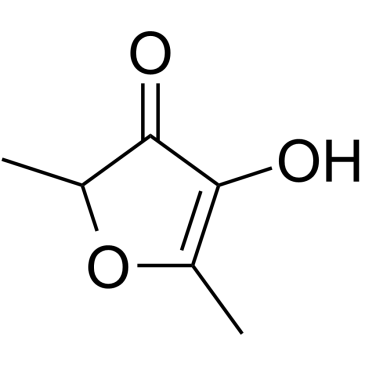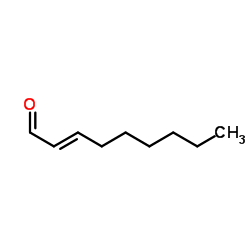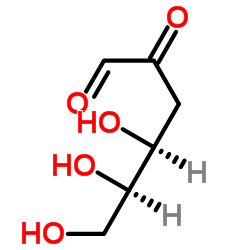| Structure | Name/CAS No. | Articles |
|---|---|---|
 |
4-Hydroxy-2,5-dimethylfuran-3(2H)-one
CAS:3658-77-3 |
|
 |
(2E)-2-Nonenal
CAS:18829-56-6 |
|
 |
D-3-Deoxyglucosone
CAS:4084-27-9 |